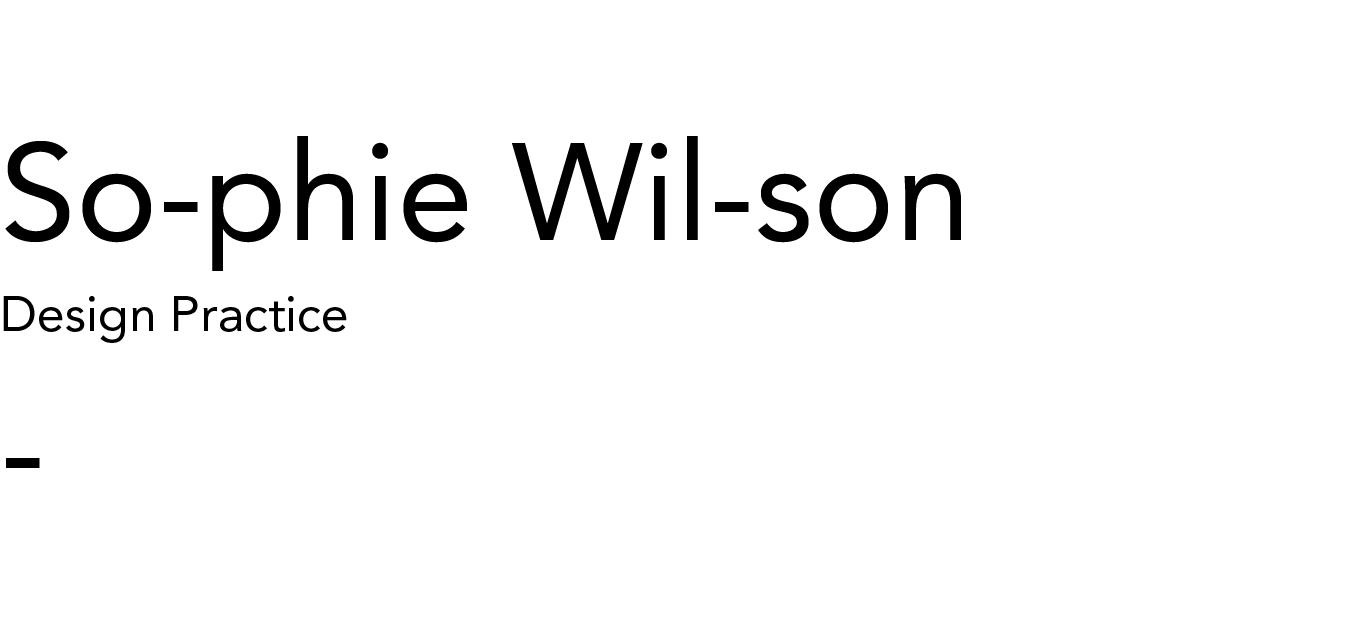Having planned for five potential problems, and then five solutions for each of those problems we had a lot to choose from from our concept plans. Out of the five problems, we chose our two favourite- we felt that we could develop most successfully and widely, and then a design solution for each of them to go on to write two rationales...
THE BRIEF (...what is the problem you intend to solve?)
-how to organise your working life whilst at university-
WHAT DO YOU NEED TO COMMUNICATE? (...be clear and specific)
-i will demonstrate a clear and precise timetabling and organisational method to help new student prepare their time and not to be too surprised when multiple briefs are given in a couple of months time!-
WHY DO THEY NEED TO KNOW (...the concept for your problem)
-i will demonstrate a guide to advise the new students as to what they should be prioritising with and spending their time on- preparing them for the year ahead-
WHAT WILL THEY REPSOND TO? (...will they see/watch/buy/wearing it etc...?)
-i will create a "mind map" series- an illustrative diagram cross-section of the brain- divided into sections with important info written into the sections. produced on posters, booklets, leaflets-
WHERE DO THEY GO? (...how will they access/recieve/discover etc...the resolution?)
-can be distributed among the students on the first day of uni along with yearbook prospectus/stationary packs, sent via UCAS, etc-
****
THE BRIEF (...what problem do you intend to solve?)
-how to cope with the lack of sleep- food and drink for every emergency situation and make you feel good- food and drink to perk you up- living a healthy lifestyle-
WHAT DO YOU NEED TO COMMUNICATE? (...be clear and specific)
-i will communicate simply and visually tips on how to live healthily with the demands of the course- how to best live with these stresses and lack of sleep in a sensible and suitable manner-
WHY DO THEY NEED TO KNOW? (...the concept of your problem)
-the concept is a guide to what sort of food and drink they should be consuming in their hour of need- what foods, in the long run, will become their new best friend and which you should avoid at all costs-
WHAT WILL THEY RESPOND TO? (...will they see/watch/buy/wear it etc...?)
-i will produce a series of visual responses to the brief- a paper crafts animation, a photographed instillation, and a series of posters (which, hopefully could also be reproduced as books and other forms of print-based media...)-
WHERE DO THEY GO? (...how will they access/receive/discover etc...the resolution?)
-through a variety of sources- USB stick welcome pack animation, posters handed out on the first day, leaflets in SU/around the canteen-
****
Generally, I felt quite happy with my ideas, but of course, they could do with a lot of tweeking and alteration- along with a new point of view as a critique. Fortunately, we then went on to swap briefs with a partner, mine being Luis, and gave each other both written and verbal feedback which really helped me to define what was working, and what could be improved upon...
FEEDBACK FOR 'HOW TO ORGANISE YOUR WORKING LIFE WHILST AT UNIVERSITY'
FEEDBACK FOR 'HOW TO COPE WITH THE LACK OF SLEEP'
*is it possible to have a healthy lifestyle when you have to live with such issues?
something i know you have had to deal with perhaps more than others and is also massively relevant to what most students experience, aka you have a great knowledge about.
FEEDBACK FOR 'HOW TO ORGANISE YOUR WORKING LIFE WHILST AT UNI'
* both solid briefs. this one in particular is very you, clear concise and organised.
I felt that Luis was far more enthusiastic about the 'how to organise...' brief, particularly as this would benefit his life, admittedly not being very organised and structured with his work. Whereas I like this idea, I just feel a little more enthusiastic about the "sleep food remedies" as it is something i have personally experienced, and after talking to members of the group, has seemed to effect most people at one time or another.
Inspired by a conversation with Chloe saying "Get over tiredness by downing a pint of coffee!" the food idea came about, almost like a lunchpack of survival for the day, with a playful and humorous twist...
"A desginer diet"...a title both fitting to our work practice and the sense that it is a very fashionable a la mode "designer" diet. I feel I could have a lot more research and ground work for this brief- sourcing information about food shops in the local proximety to uni, the tasties sandwiches, the healthiest smoothies, etc...I could make it really personal to the course, and find out what other group members say helps them through the day.
I'm now pretty sure this is the brief I will take forward- lots of experimentation over the weekend to be done!










































